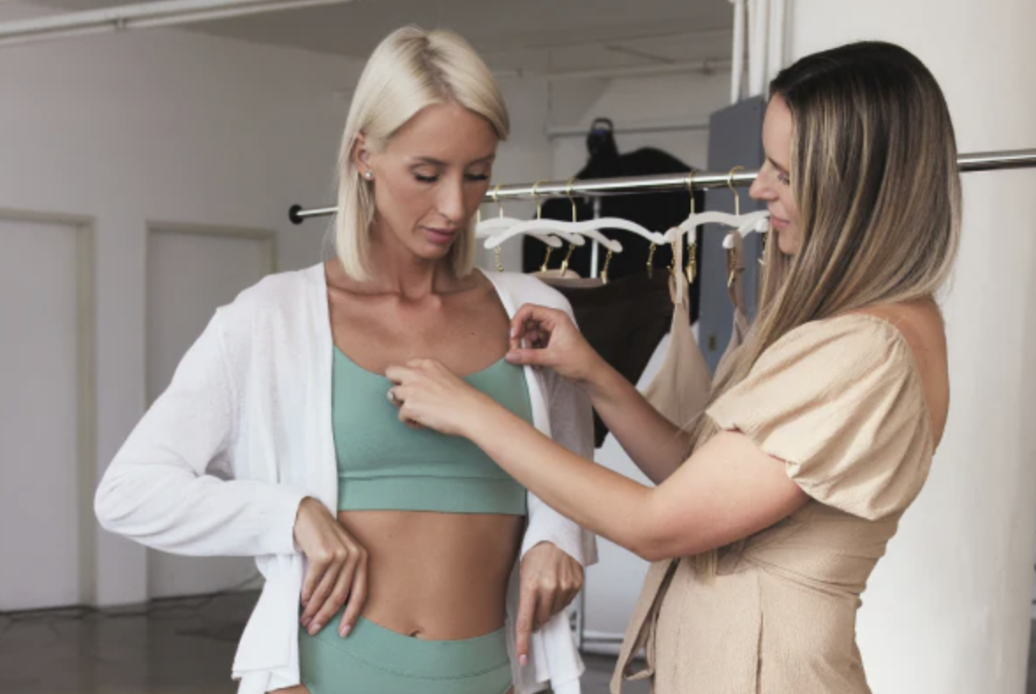It’s easy to grab a $20 top that looks cute on the rack, wear it twice, and then find it warped, pilled, or mysteriously stretched in all the wrong places. And when you’re standing in the store again, replacing it with something new, it doesn’t seem like a huge deal—it’s only twenty bucks, right?
That’s the trap of fast fashion, and it’s not an accident.
In women’s clothing especially, trends move at lightning speed, quality is often an afterthought, and the industry assumes we’ll replace pieces so often that durability isn’t worth the investment. Sounds like just another form of the pink tax, does it not?!
But while this approach keeps store shelves looking trendy and fresh, it’s bad news for the planet, our health, and—believe it or not—our wallets.
The good news? There’s a better way to shop. Supporting sustainable clothing companies means you can still look great, stay on trend, and feel good about what you wear, without feeding into a cycle of waste and exploitation.
Here’s why it matters.
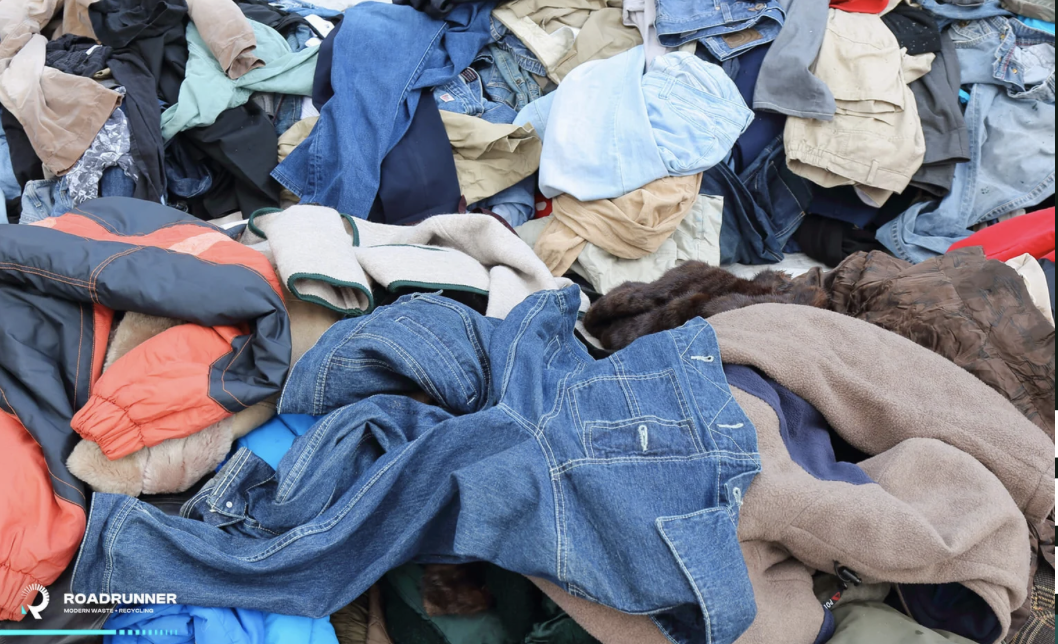
1. The Environmental Cost of Fashion Is Huge
You might be surprised to learn that fashion is one of the world’s most resource-intensive industries. Producing a single cotton T‑shirt can require a mind-boggling 2,700 liters of water (aka 713 gallons) — or enough for one person to drink for 2.5 years, according to the World Resources Institute. Companies that prioritize sustainable practices can bring those numbers way down, using one of our most precious resources more responsibly.
Polyester, a super common synthetic clothing material, is made from fossil fuels and sheds tiny plastic fibers (microplastics) into waterways every time it’s washed. Microplastics might not sound like a huge deal – they’re micro, right? – especially since we haven’t exactly seen any studies coming out about the effect they have on the human body. But the reason there are no studies about the effects of microplastics is kind of scary.
In order to do a study, you need one group you’re studying (in this case, people who are exposed to microplastics) and a control group (in this case, people who have not been exposed to microplastics) so that you can compare between the two. Simple enough. Except when it comes to microplastics, everyone has already been exposed. There’s no control group to be found. Microplastics have been found in the blood (and even the brains and reproductive organs) of people on all seven continents, including people living in remote or isolated communities. So that’s not great.
And from what we can tell without control groups, microplastics correlate with higher chances of health problems like cardiovascular issues, reproductive problems, and respiratory issues, among others. And the higher the concentration of microplastics in a person’s blood/organs, the worse those problems are likely to be.
Globally, 92 million tons of textile waste are generated each year, much of it ending up in landfills or being incinerated—both of which release harmful greenhouse gases.
Sustainable clothing companies work to counteract this by:
- Using organic or recycled materials.
- Reducing water usage through innovative dyeing processes.
- Designing pieces that last, lowering the overall number of fashion articles that need to be produced.
When you support these brands, you’re helping slow down the treadmill of overproduction and waste.
2. The Fast Fashion Cycle Is Even Faster for Women

Women’s fashion operates on a more accelerated trend cycle than men’s. New styles hit stores weekly—sometimes daily—in a deliberate attempt to make last month’s “it” piece feel outdated. This creates a constant pressure to refresh your wardrobe, even if your clothes are still in great shape.
Social media has only accelerated the already breakneck pace of trends – these days, it seems like you’ve no sooner ordered the latest hot item in the TikTok shop than something new has taken its place in the limelight… sometimes before the delivery even hits your doorstep.
Because the industry assumes women will shop more often, they often cut corners on:
- Fabric quality – thinner materials, less durable stitching.
- Fit consistency – size and shape can vary wildly from item to item.
- Construction – garments are made to look good under store lighting, not to survive years of wear.
It’s not just inconvenient—it’s wasteful! Clothes wear out faster, so we buy more, and the cycle continues.
3. Sustainable Women’s Clothing Is Better for Your Health
Many fast fashion garments are treated with chemicals to achieve certain looks or performance features—like wrinkle resistance, stain resistance, or even “freshness” treatments to keep them from smelling in shipping containers.
We already talked about microplastics, but it actually gets even worse. Some of these performance finishes can include formaldehyde, azo dyes, and other substances linked to skin irritation and allergic reactions… and in some cases, even more serious health issues.
Synthetic fabrics like polyester and nylon can also trap heat and bacteria, making them less breathable – which most women already know is a big no for overall comfort and feminine health.
Sustainable brands often use:
- Organic materials like cotton that are free from toxic chemicals.
- Low-impact dyes that reduce chemical runoff.
- Natural fibers like linen, hemp, or Tencel that are breathable and biodegradable.
That’s not just better for the environment—it’s better for the skin you live in.
4. It’s Better for Your Wallet in the Long Run
Fast fashion seems cheaper—until you realize you’re replacing the same items every season. That $20 blouse you buy three times a year? That’s $60 annually for one item type, and it still doesn’t last.
Sustainable clothing often has a higher upfront cost, but the cost per wear is much lower because the pieces are made to last. A $100 dress worn 50 times costs just $2 per wear, while a $30 dress that falls apart after three wears costs $10 per wear.
The smartest approach is to:
- Invest in high-quality wardrobe basics—jeans, blazers, neutral tops, versatile dresses.
- Update your look each season with accessories, jewelry, scarves, or shoes instead of replacing entire outfits.
This not only saves money over time but also helps you develop a personal style that isn’t dictated by fleeting trends.
5. It Protects Workers and Their Communities
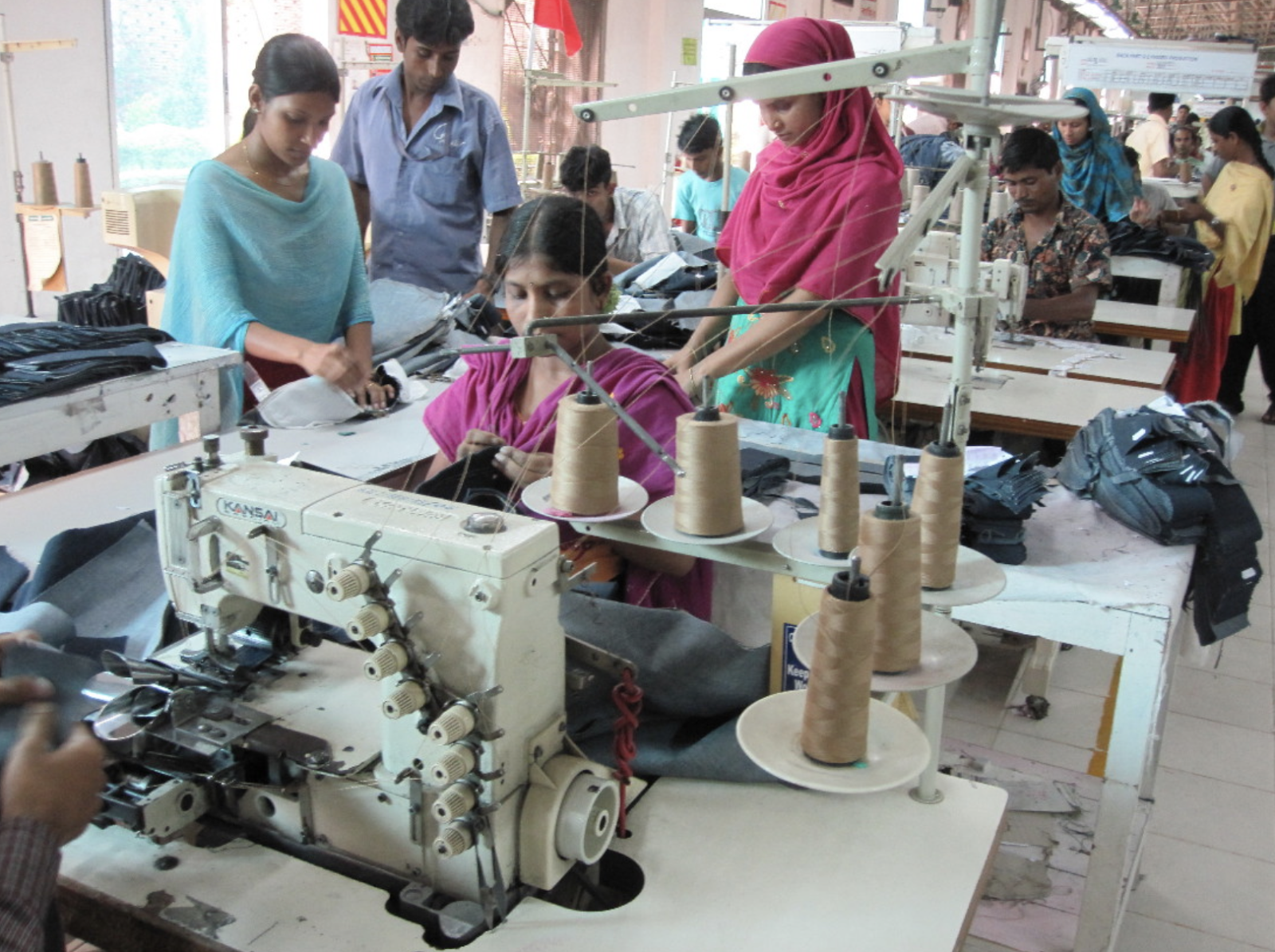
Fast fashion often thrives on low wages, unsafe working conditions, and long hours—especially for garment workers in developing countries. The 2013 Rana Plaza collapse in Bangladesh, which killed over 1,100 workers, highlighted the devastating cost of cheap clothing.
Sustainable brands are more likely to:
- Pay living wages.
- Ensure safe working environments.
- Be transparent about where and how their clothing is made.
When you buy from them, you’re supporting a supply chain that values human dignity over maximum profit margins.
6. Your Choices Can Shift the Industry
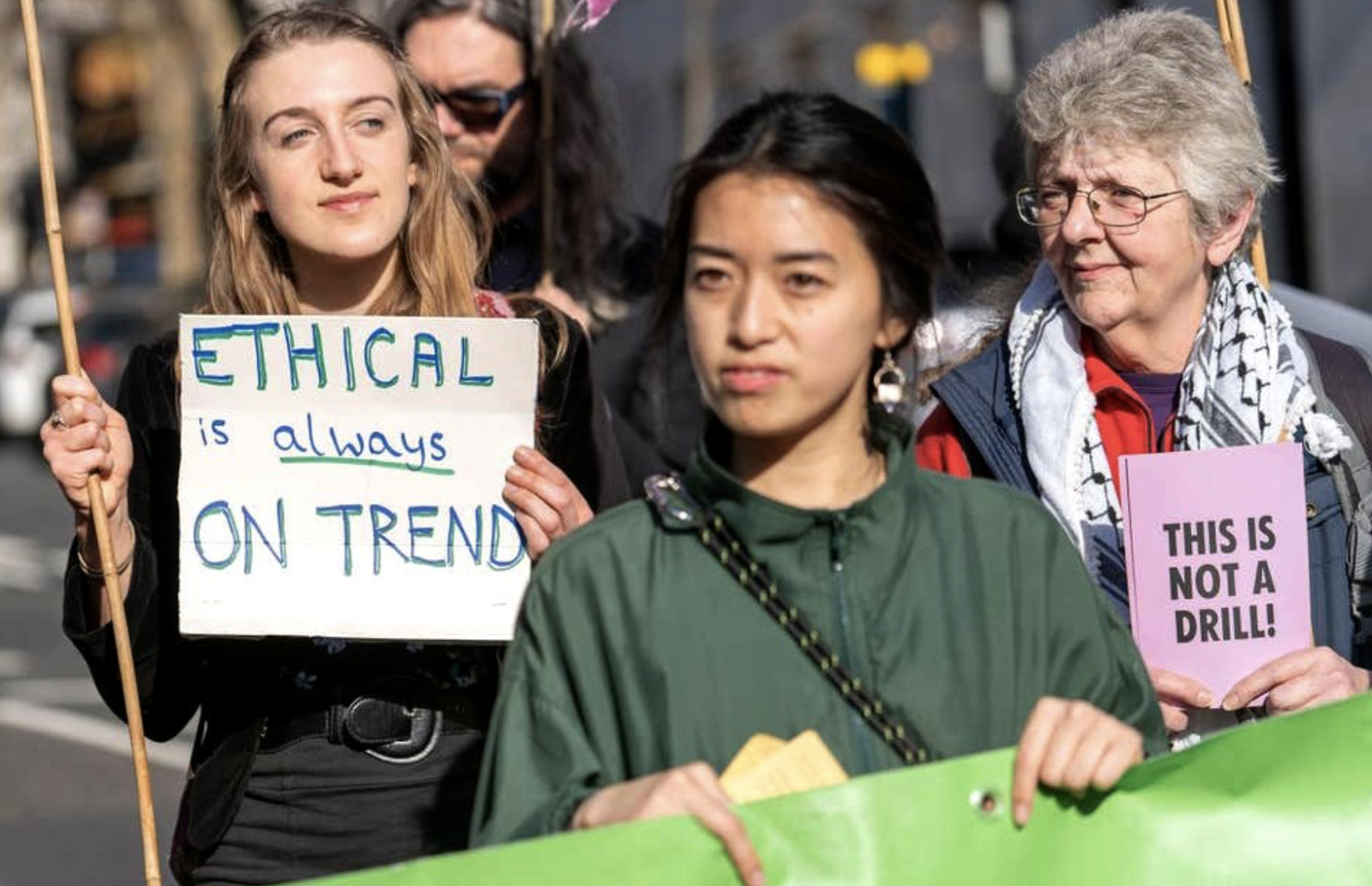
Consumer demand drives corporate change. As more people prioritize sustainability, even big brands start introducing eco-friendly lines or adjusting their production processes to stay relevant.
It’s not always perfect—greenwashing is a real problem—but sustained pressure works. By consistently supporting companies with genuine sustainable practices, you signal to the industry that ethical production isn’t optional—it’s expected.
7. Spotting Truly Sustainable Brands is Tricky… But Totally Do-Able If You Know What to Look For
With so many companies claiming to be “eco-friendly,” it’s important to know what to look for:
- Certifications: GOTS (Global Organic Textile Standard), Fair Trade, OEKO‑TEX, B Corp.
- Transparency: Clear information about sourcing, materials, and production.
- Materials: Organic cotton, hemp, linen, recycled fibers, low-impact dyes.
- Longevity: Items designed to last and offered with repair services or resale programs.
If a brand’s sustainability page is vague or buried, that’s a red flag.
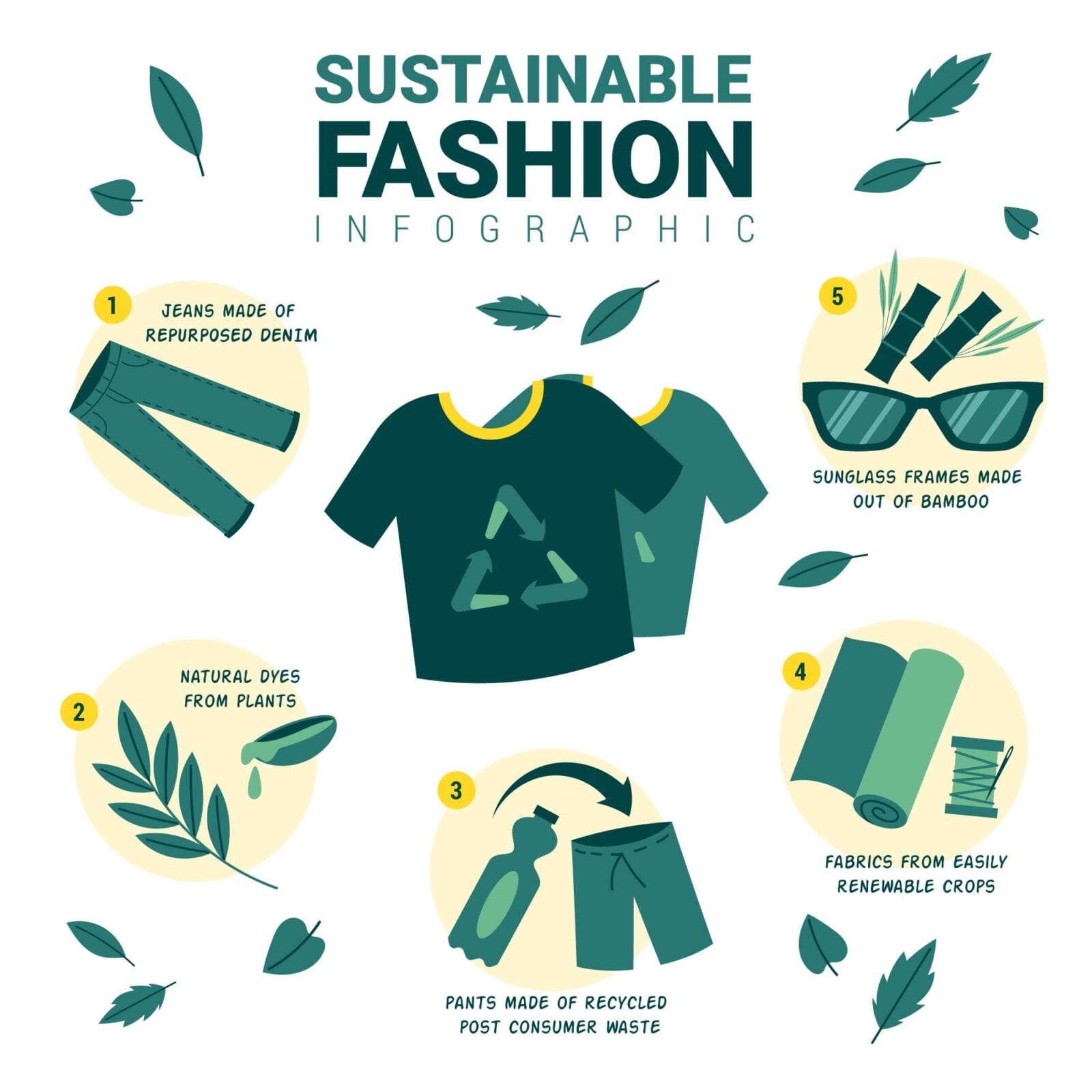
Frequently Asked Questions About Sustainable Women’s Fashion
Q: Is sustainable fashion always more expensive?
Not necessarily. While many sustainable brands use higher‑quality materials and pay fair wages—which can raise prices—there are affordable options, especially if you shop sales, outlets, or secondhand platforms like ThredUp, Poshmark, or Depop. Since sustainable brands tend to emphasize quality, even second-hand items should be in pretty good shape.
Also, when you factor in cost per wear, sustainable items often work out cheaper over time because they last longer.
Q: Can fast fashion brands ever truly be sustainable?
It’s complicated. Some fast fashion companies have introduced “eco” lines or recycling programs, which are steps in the right direction, but these are often small compared to their overall production.
True sustainability requires slowing down the production cycle, using better materials, and ensuring fair labor practices across the entire supply chain. Until that happens on a large scale, it’s best to focus your dollars on brands built around sustainable practices from the start.
Q: What are the best sustainable women’s clothing brands?
There are lots of amazing sustainable brands out there – we’ve written about several at length! But to springboard you into sustainable shopping, here are a few of our favorites by category:
💼 For sustainable professional wear: Start with Eileen Fisher’s elegant, office-friendly basics. It’s easy to incorporate them into your wardrobe, plus you’ll love the sustainable fabrics like Tencel and organic cotton.
Honorable mention: Reformation
💪 For sustainable athletic wear: Shop Girlfriend Collective for all your leggings, sports bras, and athleisure needs – made from recycled water bottles and fishing nets.
Honorable mention: Pact and Boody
👙 For sustainable intimates: Net Positive is a new name in the game, but we love everything they’re about. That is, non-toxic intimates made from certified organic Egyptian cotton, hemp, and plant-based dyes — completely free from endocrine disruptors, toxic finishes, and synthetics. Their team worked closely with urologists and OBGYNs to design flattering, modern, genuinely comfortable pieces that feel good to wear. Plus, it comes in lots of cute colors and they even have a maternity line for sustainable moms-to-be.
Honorable mention: Brook There
Q: How can I start transitioning to a more sustainable wardrobe without replacing everything at once?
Think “one in, one out.” When an item wears out, replace it with a sustainable alternative. Focus on high‑rotation pieces like jeans, workwear staples, and outerwear first, since they’ll give you the most bang for your buck. You can also extend the life of your current wardrobe with proper care—washing in cold water, air‑drying, and repairing rather than tossing.
Q: What’s the difference between “ethical” and “sustainable” clothing?
They’re related but not identical:
- Sustainable clothing focuses on environmental impact—materials, manufacturing processes, waste, and carbon footprint.
- Ethical clothing focuses on social impact—fair wages, safe working conditions, and humane treatment of workers.
The best brands aim to be both.
Sustainable Women’s Clothing = Fashion That Feels as Good as It Looks 😌
Supporting sustainable clothing companies isn’t about perfection—it’s about making more mindful choices that benefit the planet, protect workers, and ultimately save you money.
For women especially, breaking free from the fast fashion cycle means you can invest in clothes that support your health, hold up for years, and form the backbone of a personal style that’s yours—not the industry’s.
Start small: swap out one frequently replaced item in your wardrobe for a sustainable version. Over time, those choices add up—to a healthier planet, a healthier you, and a healthier bank account.
Main image courtesy of Net Positive.


